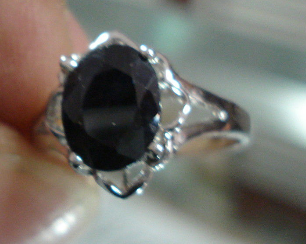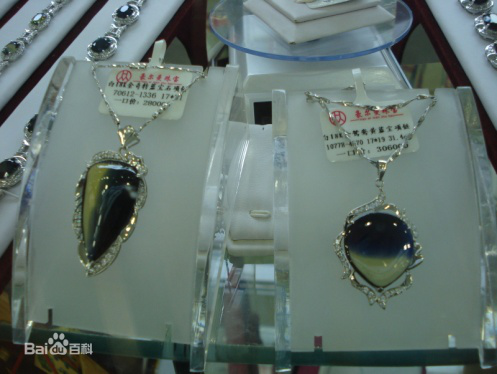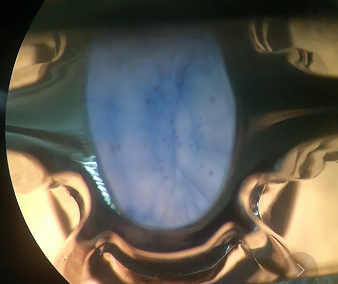Coming soon
Abstract: Sapphire is the general name for corundum gemstones except for ruby. The main chemical component of sapphire is Al2O3. The blueness in sapphire is caused by a small amount of titanium and iron impurities.
Keywords: blue sapphire, optimization, treatment, magnified observation
Blue sapphire is as precious as ruby. A small piece of blue sapphire can cost tens of thousands RMB if it has good color, luster, clarity and cut. However, the market is filled with treated blue sapphires, so you need to be cautious when purchasing them.
1.Heat treatment (enhancement) 1.การเผา (การเพิ่มคุณภาพ)
Heat treatment is the most common way to optimize the blue sapphire. The change of temperature can control the color and improve the quality of the sapphire (enhance or lighten the color, or remove unwanted color).
Magnified observation :
①Solid inclusions may dissolve under high temperature and turn into smaller inclusions, resembling stains, spots, or threads
②Flaky or ringlike stress crackings may appear around some solid inclusions.
③Fluid inclusions may swell and flow into the new cracking caused by the rupture.

The picture is the heated blue sapphire. Zircon is molten and the melt flows into the discoid cracking. As the temperature decreases, the melt recrystallizes, and small zircon crystals shaped like opaque ferns gather in the cracking(2).
The original color of Changle sapphire is usually black, but it can turn into a beautiful blue after heating. After heat treatment, blue color band of Shandong sapphire can turn transparent and colorless. Brown color band can turn blue. Sample without color band may show yellow color band after heating. Changle sapphires usually have prominent color bands, and one piece of sapphire usually has two colors. In most cases, Changle sapphires go through heat treatment (“Laoshao” in jargon), rather than diffusion treatment.

Fig. 2 Changle Sapphire

Fig.3 Changle Multicolor Sapphires
2.Surface diffusion treatment
①Diffused blue sapphire is usually in vivid blue or violet blue. Color is not uniform, concentrated on facets, lines, girdle and cracking (more easily observed on the white paper or oil immersion).
②Fluorescent test. Some diffused blue sapphires show chalky blue or green fluorescence under short wave ultraviolet, while some show blue, green or even orange fluorescence under long wave ultraviolet.

Diffusion Treated Blue Sapphire
3.Irradiation treatment
It is difficult to identify irradiated sapphires. However, irradiated yellow sapphires can be identified though its color stability, fluorescence, spectral absorption features and internal growth rings.
4.Filling treatment
When the sapphire is heated in oxygen, some materials (such as polymethyl methacrylate) are filled into the cracking to conceal the blemishes, to improve the clarity and transparency, or enhance the color.
①Magnified observation: fillings of different shapes can often times be found inside, accompanied with flat air bubbles and colorful sparkles.

Magnification of Cobalt Glass Filled Blue Sapphire
②Crackings turn red under CCF

Cobalt Glass Fillings Under Natural Light

Cobalt Glass Fillings Under CCF
